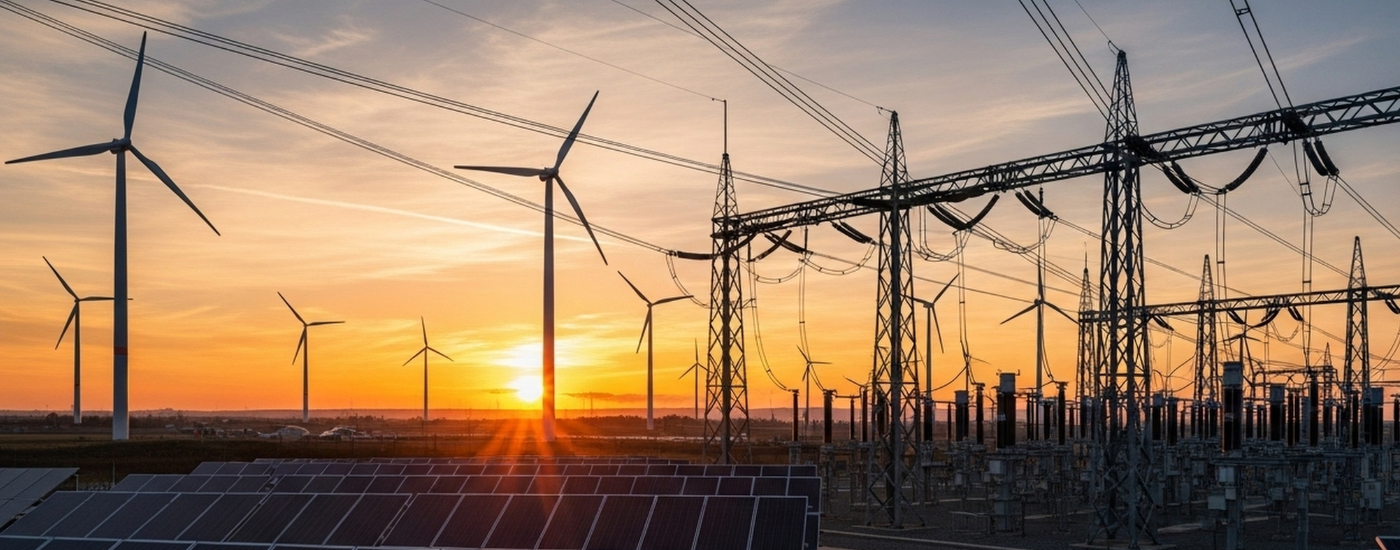The latest summary edition of our monthly Australian energy & environmental market update is now available. Keep reading for energy and carbon pricing movements, policy updates and other news.

This month we cover energy and environmental market movements, the final 2024 Integrated System Plan (ISP) from AEMO, and Transgrid’s Regulatory Investment Test for Transmission (RIT-T).
Keep reading for an overview of key market developments and a discussion of the impact of these announcements.
A comprehensive report with additional insights, charts and commentary from our industry analysts, is available to paid subscribers. Contact our team to find out more.




For a comprehensive update on the ACCU market, read our ACCU Monthly Market Report here




1 The Step Change scenario fulfils Australia’s emission reduction commitments in a growing economy and is regarded the most likely scenario by a group of expert panellists.


Energy market
June saw a further reduction in renewable energy penetration, greater energy demand and, unsurprisingly, higher spot and futures prices across the NEM.
This price volatility will have significant impact for energy users on progressive and short-term contracts who will need to keep monitoring the market in the coming weeks.
The sustained reduction in renewable energy generation is also a key consideration for organisations exploring power purchase agreements (PPAs) who will need to understand and manage firming exposure.
New in the report this month are charts that explore renewable asset performance from both a capacity factor and revenue perspective. These further highlight the importance of selecting the right assets when exploring long-term contracts.
Carbon market
Overall, there is increasing interest and participation in the Australian carbon market.
We are seeing an active push from organisations with a significant carbon exposure evaluate opportunities for either offtaking, co-investing or partnering on early development stage projects. This approach may yield access to new supply lines and could be considered best balanced with an on market secondary book building approach. Get in touch with our team to explore your options.
The events outlined in this month's update highlight the evolving nature of carbon, environmental and energy markets and the complexity of the net zero transition.
To discuss your unique requirements, get in touch with our team today to see how we can help.
Australian Energy & Environmental Market Update - June 2024

As the NEM Review lands, attention rightly turns to system-level settings. But much of the commercial change shaping renewable and firming supply is already unfolding inside over-the-counter (OTC) energy markets. This article sets out what’s already shifting commercially in a market under review.

As the NEM Review lands, attention rightly turns to system-level settings. But much of the commercial change shaping renewable and firming supply is already unfolding inside over-the-counter (OTC) energy markets. This article sets out what’s already shifting commercially in a market under review.